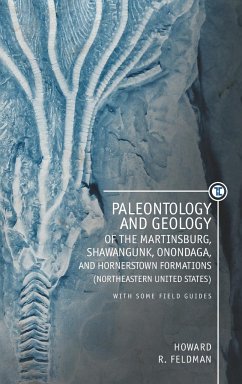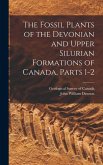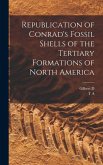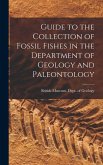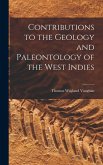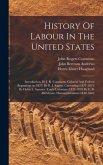The chapters in this book will cover the paleontology and geology of some important rock formations (Paleozoic and Paleogene) in the northeastern United States. The emphasis will be on brachiopod paleontology, specifically taxonomy, but will also include comments on morphologic variation and community analysis. The Martinsburg formation in the lower mid-Hudson Valley has been studied for many years but recently yielded numerous marine fossils that shed new light on the community ecology of the formation in the region. The Middle Silurian Shawangunk Formation near New Paltz, New York, is an important ridge-maker that extends toward the southwest into Pennsylvania. Recently discovered rare trace fossils in the Shawangunk will be discussed along with the depositional environment of the conglomerate. The Onondaga Limestone is a well-known formation that crops out from Port Jervis, northeast toward Albany and the westward to Buffalo. The brachiopods and community structure of the formation will be covered in some detail. The paleoecology of the Paleogene Hornerstown Formation of New Jersey will also be discussed, including a biostrome of large terebratulid brachiopods.
Hinweis: Dieser Artikel kann nur an eine deutsche Lieferadresse ausgeliefert werden.
Hinweis: Dieser Artikel kann nur an eine deutsche Lieferadresse ausgeliefert werden.

